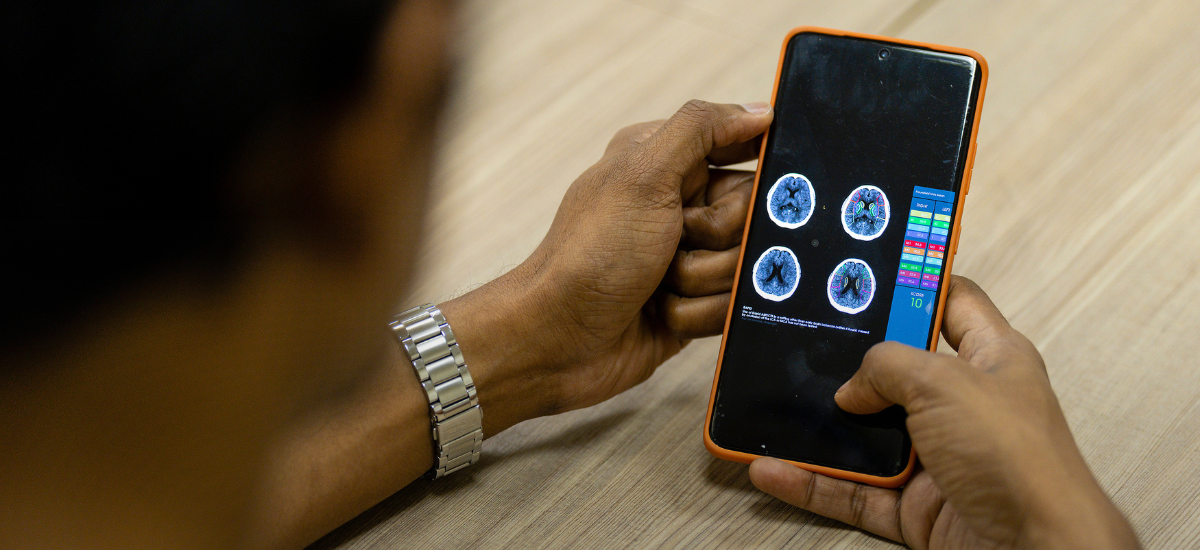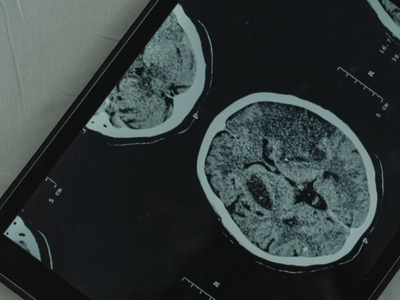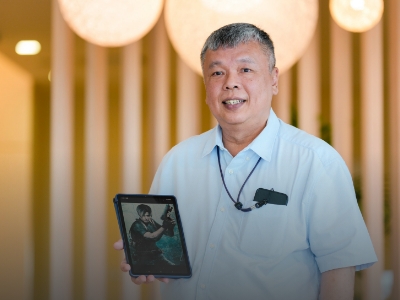Published on 29 May 2023
An artificial intelligence (AI) tool has helped doctors at National University Hospital (NUH)reduce the time it takes to identify and treat ischemic stroke patients.
What happens when a stroke goes untreated?
For every minute that passes, about 1.9 million brain cells die.
In an hour, approximately 830 billion synapses – which play a crucial role in the transmission of signals and information within the nervous system – get destroyed.
If enough time passes, brain damage, cognitive impairment, severe disability, and even death could occur.
Indeed, the dangers of a stroke were highlighted in a report which showed that it was the fourth leading cause of death in Singapore in 2020, while acute ischemic stroke – a condition in which one of the major blood vessels in the brain is blocked, thus depriving the brain of oxygen and nutrients – represents the biggest cause of long-term disability in the country.
For acute ischemic stroke cases, the most effective treatment involves restoring blood flow in the patient's brain. This is typically achieved through an endovascular procedure, in which a doctor physically removes a clot from the patient's brain to unblock the artery.
The effectiveness of an endovascular treatment, however, is highly time-dependent – the earlier a stroke patient is treated, the better the chances of them making a full recovery.
To that end, doctors at National University Hospital (NUH) have begun using an artificial intelligence (AI) triage tool that can significantly decrease the time required to identify patients who would benefit from endovascular treatment, thus allowing appropriate treatment to be rendered earlier.
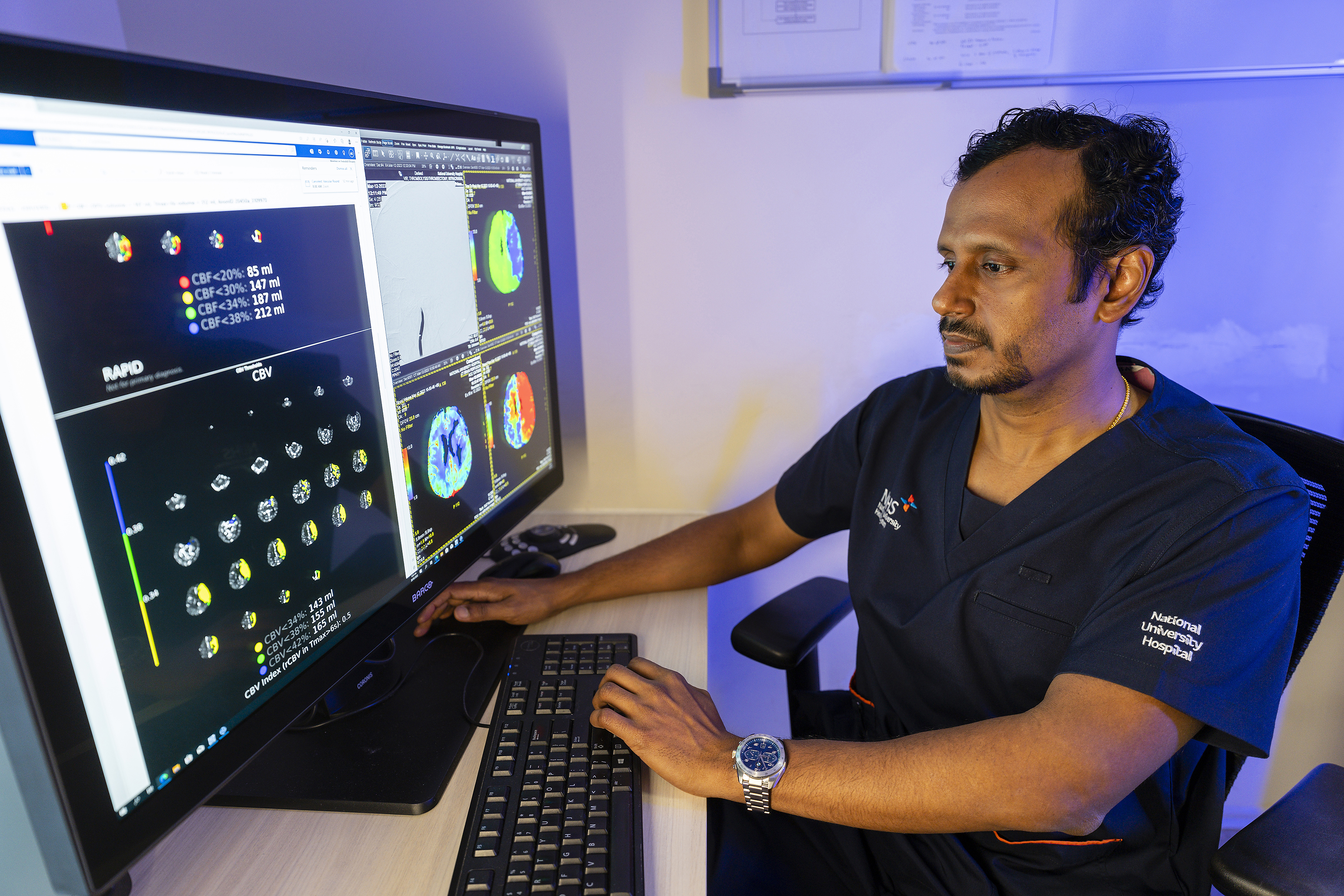
“The earlier we remove the clot from the blood vessel, the better the patient outcome,” said Dr Leonard Yeo, Senior Consultant, Division of Neurology, Department of Medicine, NUH.
“With each minute of delay in opening a blocked artery, the patient loses over a million brain cells, hence ‘time is brain’.
“So, NUH is using the power of AI to shave life-saving minutes off an emergency like a stroke. This can reduce or even prevent, the extent of brain damage that can cause paralysis, loss of speech and cognitive functions.”
Adj Associate Professor Anil Gopinathan, Head & Senior Consultant, Division of Interventional Radiology, NUH, further elaborated, “Diagnostic imaging is one of the most important steps in managing stroke patients – we need to determine if it’s ischaemic or haemorrhaging stroke.
“So, patients with suspected stroke are sent for CT (computerised tomography) scans, before further clinical decisions are made.”
Before the adoption of RAPID AI, the CT imaging data of patients with acute stroke required manual post processing by radiographers to generate images for review by doctors. This entailed a delay of approximately 20 minutes, before a clinical decision on the treatment could be made after the scan.
RAPID AI has since helped streamline this workflow.
“Before we adopted this AI platform, it was impossible to expect all this information to be made so promptly available for the senior clinicians to review and come to a decision,” A/Prof Anil explained.
“The RapidAI tool generates easy-to-interpret colour-coded images and sends the results via a secure email to a medical team of stroke neurologists and interventional radiologists. Information, such as the proportion of the brain that has been damaged in the stroke, and the parts of the brain that can potentially be saved, are also relayed to us within a minute.”
Since the implementation of RapidAI at NUH in February, more than 400 patients have been assessed with the tool, and over 30 of them have gone on to receive endovascular treatment.
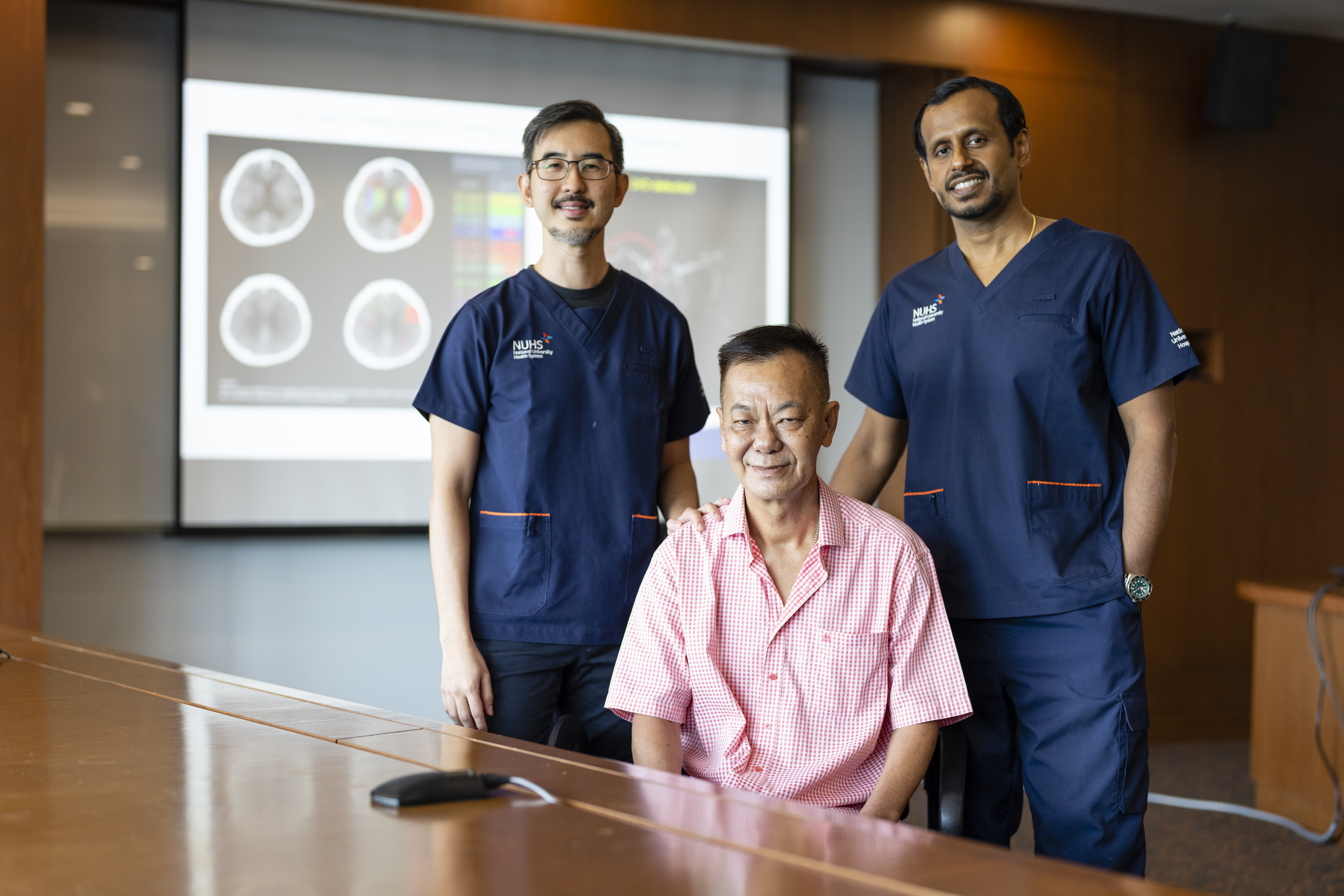
Dr Yeo said the hospital has set itself a target of getting at least half the patients with acute ischemic stroke to receive appropriate treatment within an hour of arriving. With the RapidAI tool at their disposal, he believes NUH can significantly improve on this target and shorten the door-to-puncture time for patients.
However, A/Prof Anil was keen to emphasise that the RapidAI tool is meant as a complement, rather than a replacement, to human processing and interpretations of patients’ imaging results.
“Essentially, AI won’t replace humans, but it will help us process information better,” he said. “It will improve our workflow, and essentially takes care of several small pain points.
“Nonetheless, AI has the potential to completely change the speed at which therapeutic decisions are made, thereby reducing the amount of brain cells lost and improving the likelihood of a stroke patient walking out of the hospital.”
In consultation with Adjunct Associate Professor Anil Gopinathan, Head and Senior Consultant, Division of Interventional Radiology, Department of Diagnostic Imaging, NUH, Dr Leonard Yeo, Senior Consultant, Division of Neurology, Department of Medicine, NUH.

